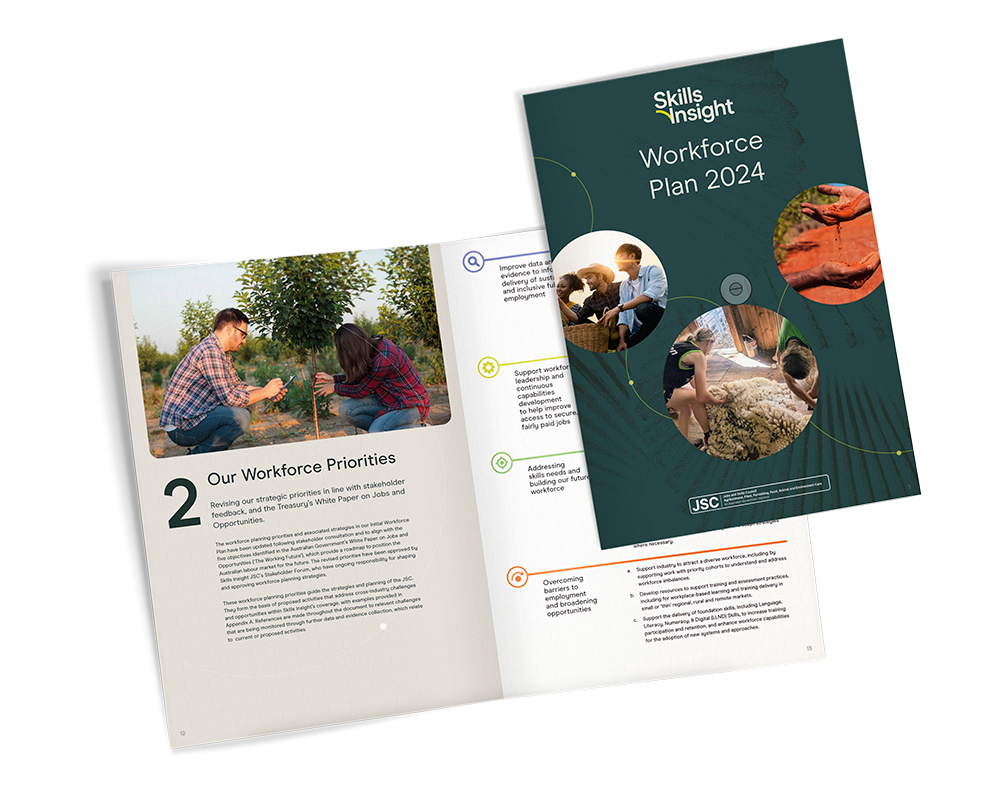The furnishing industry covers a broad range of sectors relating to furniture and fittings for residential and commercial buildings. This includes furniture manufacturing and finishing; interior design and decorating; design, flooring, manufacturing and installation of cabinets, fittings and décor; glass and window manufacturing; upholstery, security screens, grilles, awnings and blinds. It also includes niche sectors, such as coopering, mattress manufacturing and piano tuning.
Key updates
Escalating cost pressures leading to some closures
During the pandemic, sales of household goods surged, with money people may have spent on travelling instead being used on household renovations. This triggered a boom in construction and furnishings, and an increased uptake of apprenticeships, with flow-on effects still underpinning overall industry revenue growth. However, supply delays, rising costs and staff shortages have led to the collapse of several furniture companies. Consumer spending, and likely supply-side demand was sustained in large retailers, assisted by pay later services during challenging economic conditions.
Variable work demand in key occupations
The Labour Force Survey suggested that employment in the industry’s key occupations tend to fluctuate, particularly Production Managers and Upholsterers. Upholsterers have been recognised as being in shortage on the Skills Priority List, although the number of cumulative hours worked has been declining.
Opportunities
Digitally-driven sales
The increasing presence of online sales channels for furniture reduces the barrier to entry, and broadens the consumer market for small-scale operators.
Innovation opportunities
Emerging trends such as demand for home automation and smart furnishings, as well as sustainable practices and materials (including recyclable and recycled materials, sustainability certification, and supply chain best practice), is creating demand for reskilling and upskilling opportunities within industry roles.
Responsive management of safety risks
Since safety risks in working with engineered stone have been flagged by Safe Work Australia, a decision to ban its use nationally from July 2024 has been legislated.
Challenges
Volatile industry conditions
Market demand within the industry is highly subject to conditions in the domestic construction industry and consumer discretionary income.
Male dominant Workforce
Despite a 1% rise from 2016, women accounted for only 19% of workers in the 2021 Census. This may make the workforce more vulnerable to skills shortages.
Legislative changes
The removal of import tariffs between Australia and others in the ASEAN region are expected to increase competition for local wooden furniture manufacturers.
Data monitoring priorities

31,426
workers
(2021 Census)
1.2%
First Nations
(2021 Census)
5,200
2028 Projection
(JSA Projections)

19%
Female
(2021 Census)

Workforce Plan 2024
The Workforce Plan describes workforce challenges and skill opportunities identified by stakeholders across the industries we work with and outlines strategies to address them.
The 2024 Workforce Plan outlines four key Workforce Planning Priorities to guide the strategies and planning of our JSC work, retaining the strategic intent of the Initial Workforce Plan, with modifications to align with the Australia Government’s White Paper on Jobs and Opportunities.